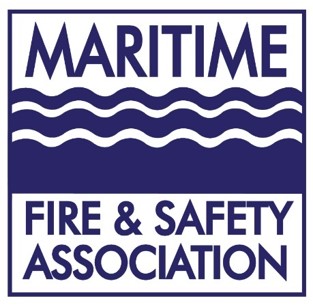The Fire Protection Agencies Advisory Council (FPAAC) is dedicated to promoting safety and providing specialized training to its member agencies. Recently, FPAAC was given the opportunity to send its Technicians to The Maritime Institute of Technology and Graduate Studies (MITAGS) to train alongside members of the Seattle Fire Department and United States Coast Guard. Let’s take a closer look!
2Q Technician Level Training
On January 10th, Vancouver Fire Special Operations Division Chief and FPAAC Planning Section Chair Tom O’Connor began early discussions with representatives from Seattle Fire and USCG Base Seattle with the intent of personnel from each organization participating in joint training evolutions aboard the decommissioned USCG Cutter POLAR SEA, which is currently moored at Pier 36 in Seattle.
As planning efforts continued, the possibility of utilizing additional USCG vessels became more and more likely. This meant that in addition to the POLAR SEA, a second decommissioned cutter, the USCGC MELLON was able to be used as a venue for simultaneous training evolutions. We were then notified that the USCGC HEALY, an active-duty icebreaker, would have a small window on day two to host our group and participate in more complicated drill scenarios.
As echoed by Training Coordinator Don Doyle, the quality of this training was top-notch. Being able to stretch hoselines, use smoke machines and perform rescues into an actual vessel is a rare opportunity. Seattle Fire undertook a huge logistical lift not only in the execution of the training and working with the Coast Guard, but by also supplying portable radios, stretching water supply lines, attack lines, and the number of personnel needed to support operations.
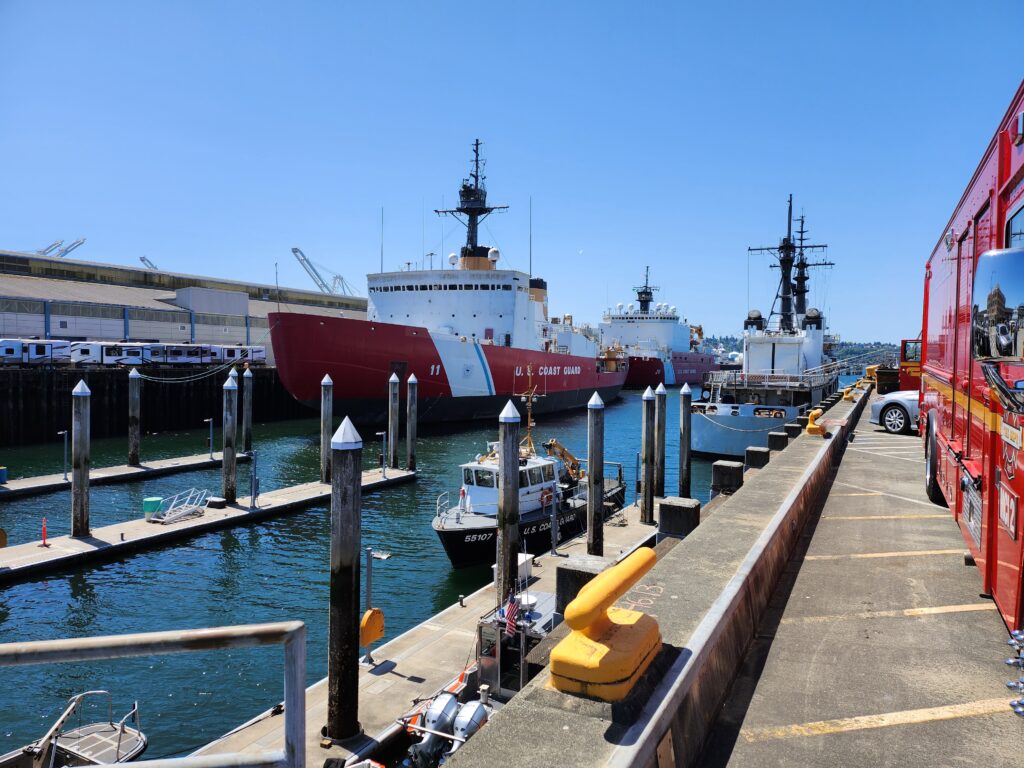
Day One
Day one of training started in the MITAGS classrooms where participants were briefed on vessel stability, compartment numbering systems, and recent incidents before heading over to USCG Base Seattle where our hands-on components began with a scavenger hunt developed by Seattle Fire on the USCG Cutters MELLON and POLAR SEA. The participants were split into four groups on the two ships competing against each other in the timed event. Each group was assigned a branch director, an aide, a set of the ship’s fire control plans, and portable radios.
Using the radios and fire control plans, the branch director and aide needed to describe how their group would navigate through the ship and find poker playing cards left for them in different compartments on that ship. This format was very well received by our personnel, as it was very well thought out and challenging, but one of the more engaging activities we’ve performed in our trainings recently.
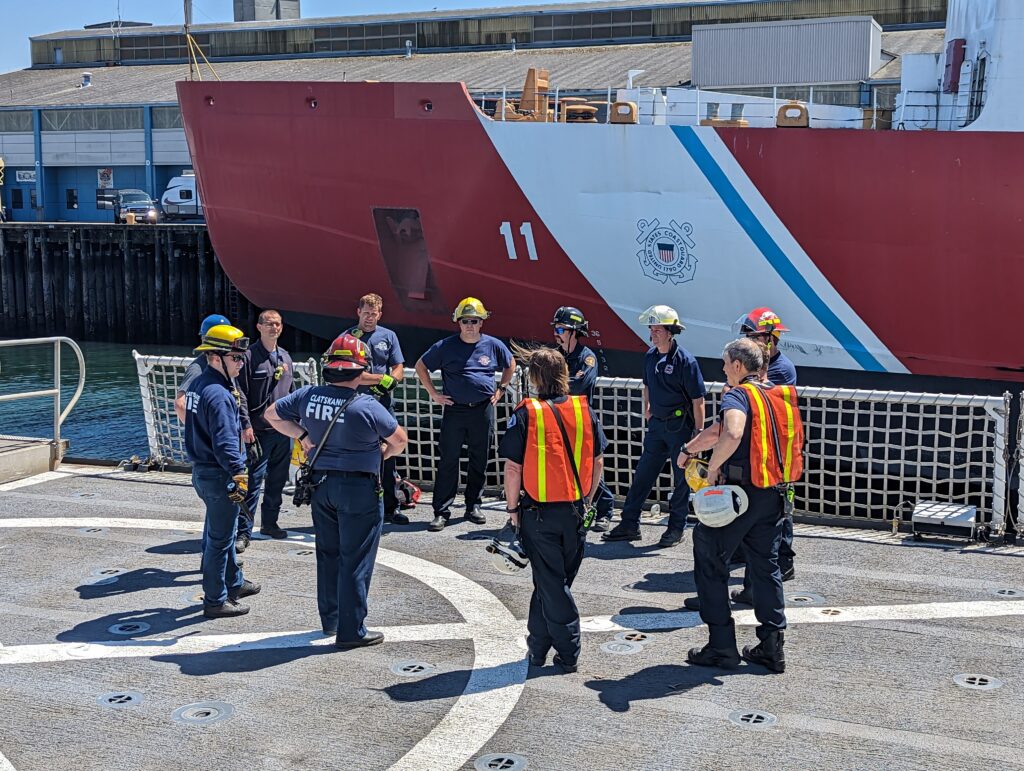
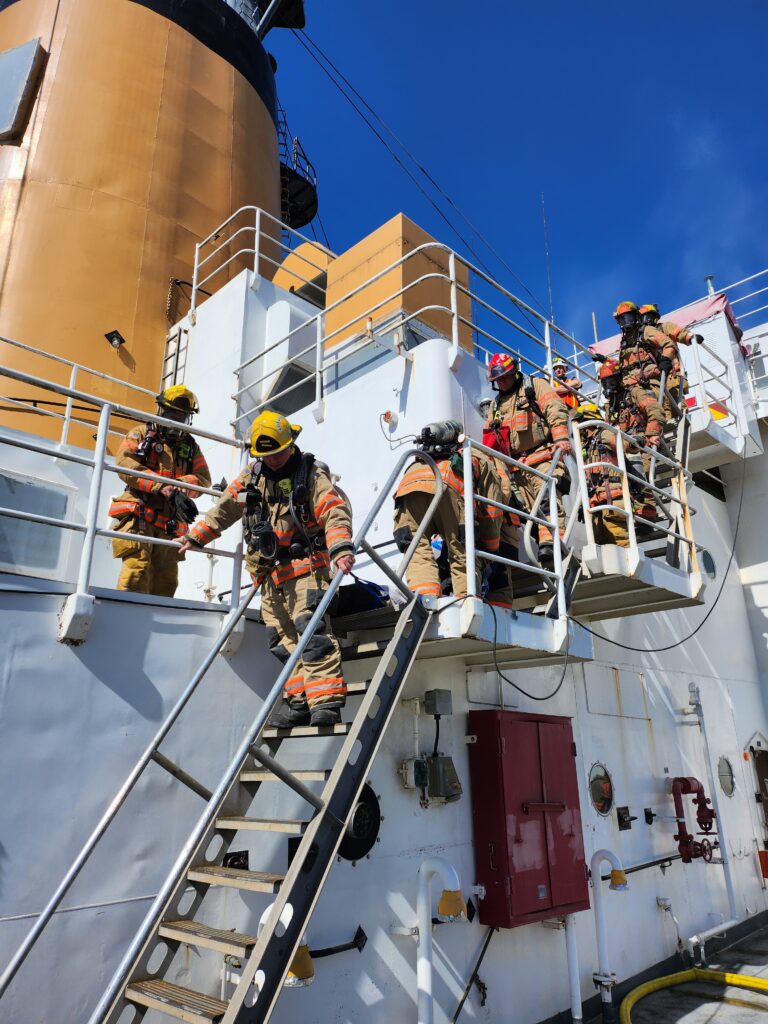

Day Two
The second day of training began with a quick briefing at MITAGS before returning to the Coast Guard base. On this occasion, we were greeted by the active-duty USCGC HEALY, the largest and most technologically advanced icebreaker in the United States, and the USCG’s largest vessel, which happens to be homeported in Seattle.
Due to the ship’s active-duty status, certain training aspects had limitations. However, this was not unfamiliar to us or Seattle Fire, and we successfully adapted and improvised as necessary, resulting in highly effective training. Thanks to the involvement of role players from each group, realistic decision-making scenarios were created for all participants, simultaneously achieving our training objectives outlined in the NFPA and DPSST task books.
On behalf of the entire MFSA/FPAAC team, I extend our sincerest gratitude to Seattle Fire, USCG Base Seattle, the crew of the USCG HEALY, and the instructors from MITAGS. We anticipate future collaborations of this nature becoming a more frequent occurrence.
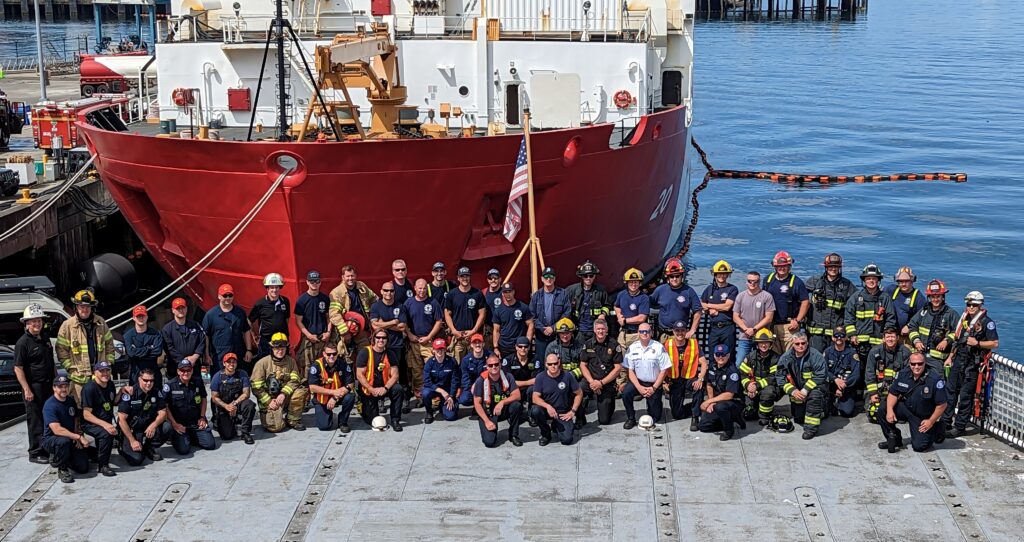
Anyone interested in learning more about the FPAAC training program should contact Mason Sullivan, sullivan@pdxmex.com.
